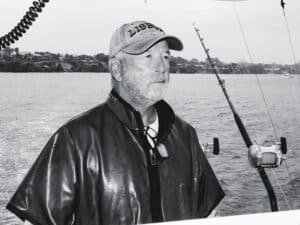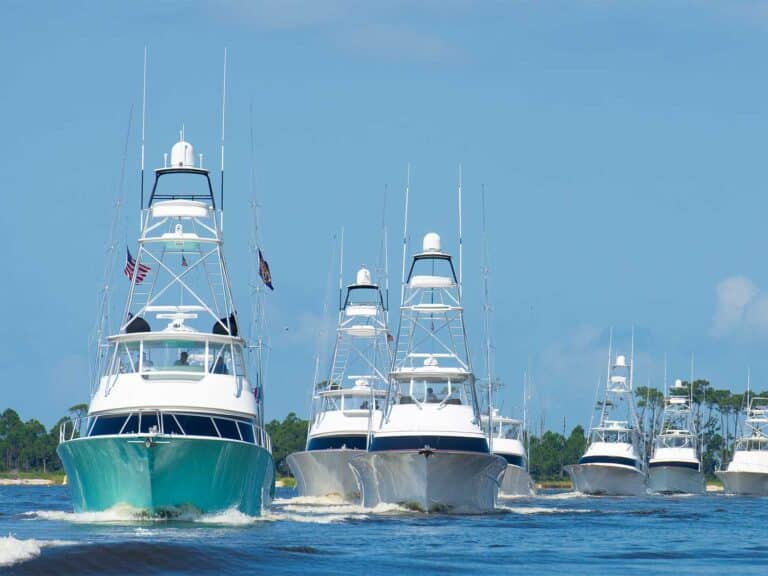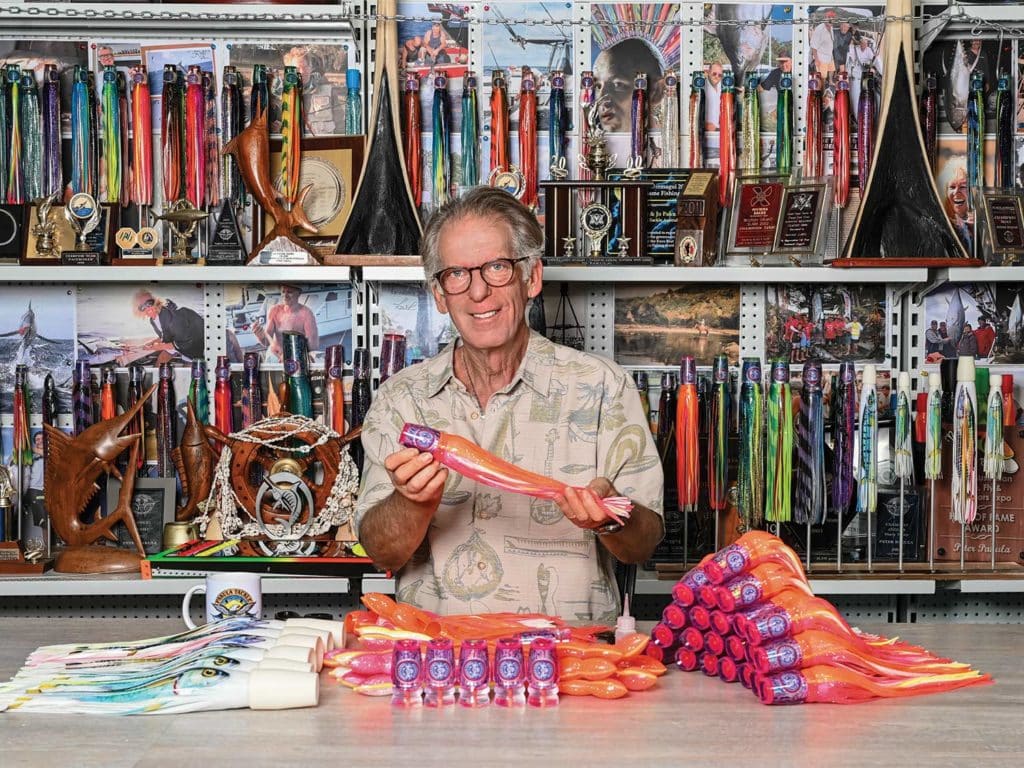
As a lure designer, it’s no surprise that Peter Pakula’s first steps as a child were toward a fisherman who helped him land his first catch as a toddler. Raised in the eastern suburbs of Sydney, Australia, he studied textile design; his background made the jump to tackle design and production relatively easy. In the 45 years since, he’s developed some of the best products in the sport, sharing his tips and techniques through countless seminars, videos, and magazine articles. Now in his late 60s, Pakula is married to the love of his life, business partner and wife Jo, a cancer survivor for more than 20 years.
Q: Ever imagine you’d end up as one of the top lure and tackle designers in the sport?
A: No way. My parents didn’t want me to become a fisherman at all. My great-grandparents owned the largest carp ponds in Poland, and my father survived the World War II concentration camps in Auschwitz and Birkenau. It took a while for them to come around. That’s one reason I got into lures, so that I didn’t have to come home smelling like bait.
Watch: A belly-strip teaser is a great way to raise marlin and sailfish.
Q: How did you make the transition from the textiles industry?
A: I tried the clothing business, but it was impossible to compete with the stuff coming in from overseas, so I started making lures on the side and then selling them. It was never intended as a business. It was actually my wife, Jo, who suggested that we make the move to producing lures full time. We were selling them at retail prices on our own, so when we did, the tackle shops all wanted wholesale pricing. We said, “No, here’s our price,” and that’s why lures doubled in cost in the 1980s. I was fishing every day, and sometimes people had to wait six months for their order, but the demand was there.
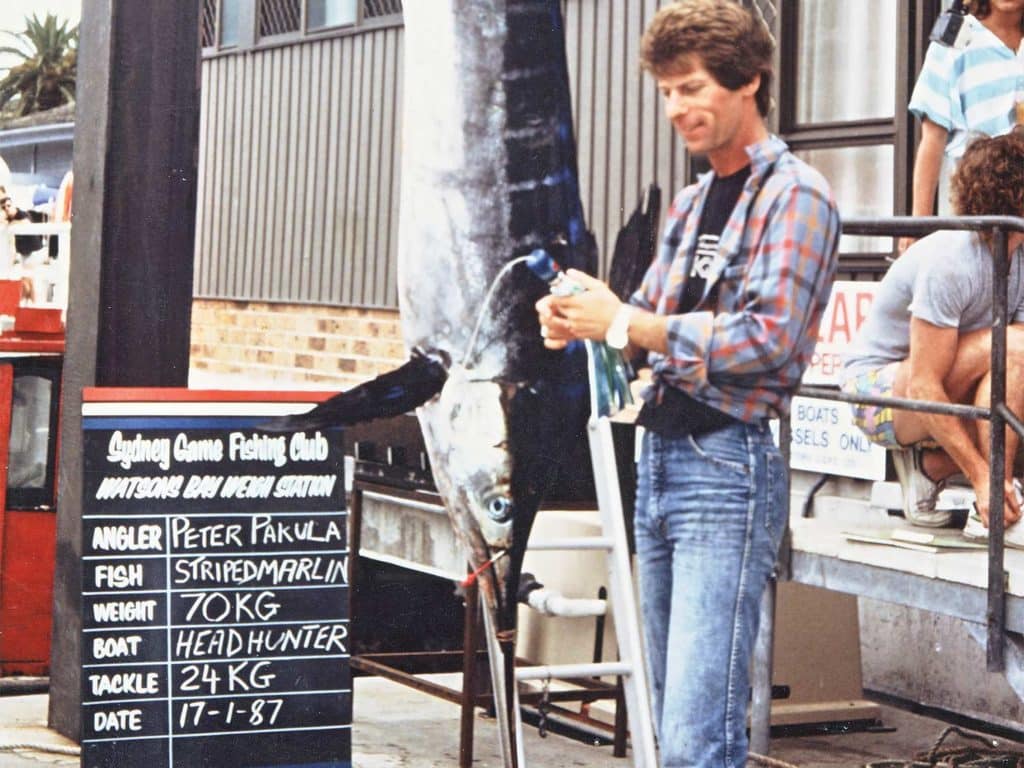
Q: How do you come up with new products?
A: I enjoy the technical side, and I like developing new things. I’ve always said we have a design company that’s financed by selling fishing lures. It’s especially rewarding when you produce something and people say, “That won’t work here,” then they try it, and it works great. You start with the question, and then you work to find a solution. The Lumo Sprocket is a good example. It’s pretty rough off Sydney between the weather, the wind and the tides, but we found that a cup-faced lure with a reverse taper will swim well in just about any sea condition. I worked with scientists and technicians on bioluminescence and ultraviolet coatings—marlin will feed on deepwater species that glow in the water. We were the first to promote those kinds of additives in lures, even though they had been around in cosmetics and textiles for years. It took a while to catch on, but the Sprocket just stood out from everything else.
Q: Where did you catch your first marlin?
A: Fishing for me has always been a progression, from the seawall to the wharf to the boat and then to offshore. I was fishing off Port Stephens and had a marlin eat a feather jig I was using to catch bonito. I guess I was 15 or 16 at the time. Jo has caught two granders in her career, but honestly, I don’t remember much about the big ones I’ve caught. You remember more about the ones you lost.
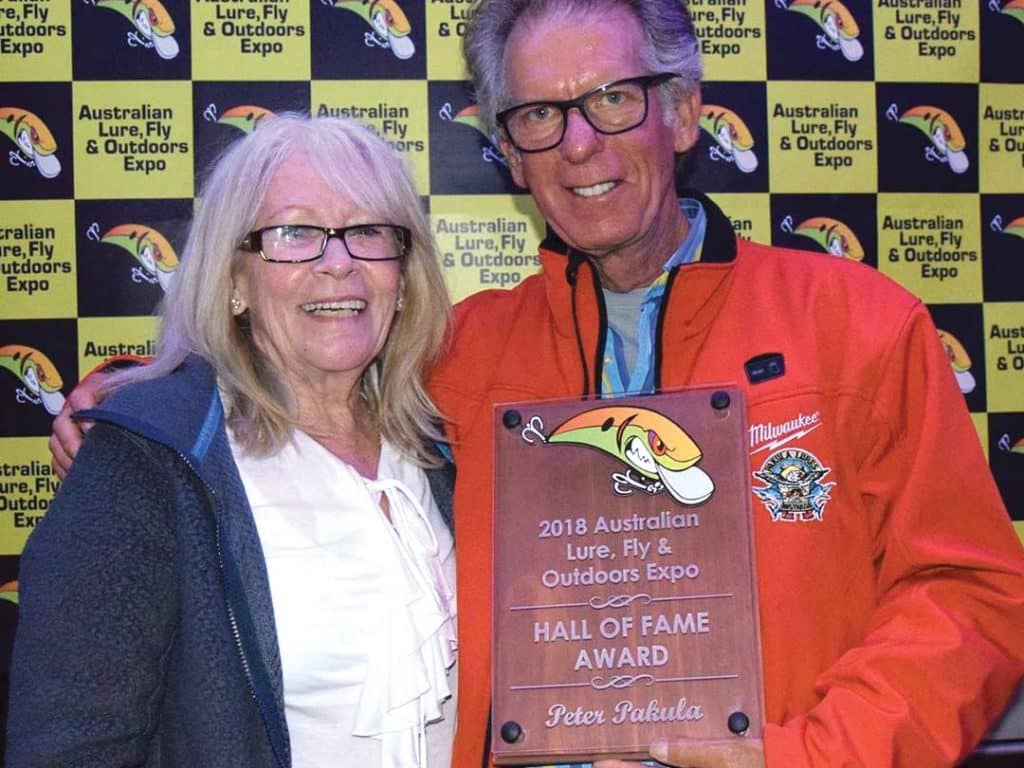
Q: What do you feel led to the international growth of the brand?
A: Our lures had won all six of the major offshore tournaments in Australia, and some guys from Hawaii had come over to fish in 1988; they took some lures back home. In 1996, we won the Hawaiian International Billfish Tournament, which was a pretty big deal, and everyone thought our lures were made in Hawaii. Once they realized we were an Australian brand, things took off pretty well. This business has always been about relationships and contacts. Still is today, in fact.
Q: The Witchdoctor was one of the first really popular teasers. What made it unique?
A: That was one of the first products I developed. I was about 14 at the time, and everyone was crushing fish using downriggers. I didn’t have one, so I went to a local trailer park, cut up a piece of wood into the shape I wanted, painted it red, and used a hand line so it would get down deep. It worked well and caught a lot of fish with a lure pulled behind it. When we started producing it commercially, we put mirrors and a fancier paint job on it, but what really made it different was that it was a true attractor: Fish were drawn into the spread, but they didn’t really try to eat the Witchdoctor; they would switch off to a bait or a lure.
Q: What are some of the challenges you see today?
A: Fishing isn’t getting any cheaper. My first gameboat was a 14-foot skiff with a 40 hp outboard that I called Cockroach. I had the boat set up to fish solo. Boats either got too expensive to own or I’d want a bigger one.
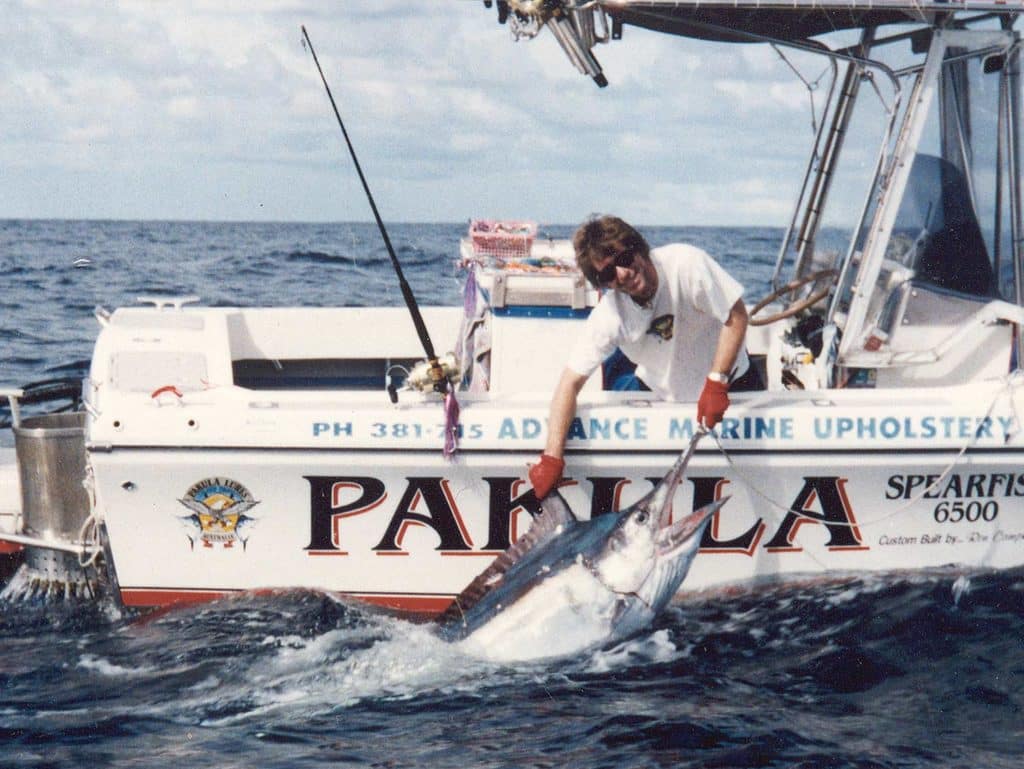
Q: Is there a big shark problem in Australia?
A: There is in certain areas. When there are 60 boats live-baiting for mackerel and tuna off the Gold Coast, they have big problems with sharks. They’re protected by the government here as well. We had a couple of big blacks eaten by sharks fishing out of Cairns in the mid-1980s. Just between those two fish, you’ve just lost something like 6 million [marlin] eggs.
Q: Do you have a favorite destination or species?
A: Not really. I like it all. To me, fishing has always been an escape. The destination doesn’t matter; it’s the people you take along. Think about it: You’ve probably had great fishing but didn’t have fun because of who you were with, and you’ve probably had terrible fishing but a great trip for the same reason—because of who you were with.
Q: Any plans to retire?
A: I’ve tried it in the past, and it’s lasted maybe six weeks. I need to stay busy. I love the work I do, and I love the people I’m working with. I’ll keep going. —Sam White



